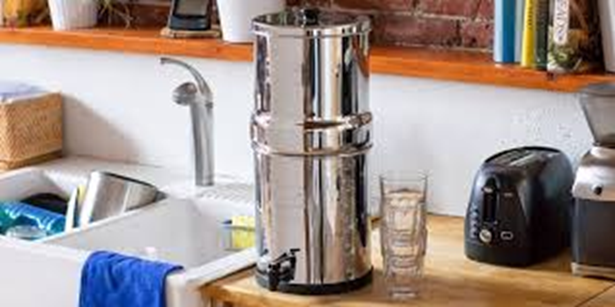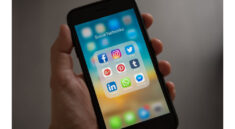Filtration is another common method of purifying water in the wilderness. Because of this, it’s crucial to understand the various methods that can be used to purify the water and make it safe to drink.
Just remember that if you’re planning on drinking the water, you’ll want to purify it first – no matter how clean it looks! The forest and river act as filters, constantly purifying the water so it requires less chemical treatment and expensive filtration to be clean enough to drink. Rivers are our main source of clean drinking water, and their economic value, environmental value, and even aesthetic or spiritual values touch each and every American.
Rainwater or dew that is resting on non-poisonous plants such as moss is safe to drink as is. There are a few ways to process water to make it safe to drink: boiling it, using chemical purifiers and filtration. Don’t forget less obvious water sources such as rain water, which can be collected as run off from a tarp or by lining a pit with a plastic bag, or even early morning dew which can be collected by tying clothing or towels around your lower legs early in the morning. Well owners are responsible for the safety of their water and should test it regularly Our public drinking water systems source their water from Indiana’s rivers, reservoirs, and groundwater so they sensitive to pollution problems.
HEC is working to protect Indiana’s water resources by focusing on the greatest threats to Indiana’s drinking water, rivers and lakes. Home » The Issues » Water & Wilderness Protection » Drinking Water, River & Lake Protection. There might be situations where you are in the wild but you do not have materials you can use to boil your water to make it safe for drinking.
Water is passed through different forms of this carbon to make it clean and safe for drinking. The good news about this is the fact that you can actually use these plants to get clean safe to drink water. These filters help in purifying your water enabling you to enjoy clean water when you drink.
Below are the steps you need to follow in order to purify water in the wilderness using this method. It is therefore a great way to purify water in the wilderness, especially when you do not have a lot of time to spare. • Atmospheric water sources are also generally safe to drink.
– Ground water sources are generally safe to drink. • Surface water sources are the most likely to be contaminated and unsafe to drink. Atmospheric water includes dew, mist, clouds, and all forms of precipitation (rain, snow, hail etc.). In a potential survival situation, you may have access to all of these sources or to only one or two of them.
Being well versed in survival water purification allows you to find and produce clean, healthy drinking water in a variety of different environments and situations. Most people reading this article probably have access to clean, abundant drinking water in the form of faucets, bottled beverages and other forms of infrastructure dependent technologies. When we judge a backcountry water source to be clean (read “judge the source” section below), we normally wait 30 minutes after treating with chlorine dioxide before drinking.
Alternative ways to treat water before drinking include a portable filter straw, potable aqua tabs, iodine from a first aid kit or exposing a plastic bottle filled with water to direct sunlight. Having said that many trekkers in the wilderness of eastern Lapland claim that springs there are safe to drink from without purifying. Even washing with a wild source of water without treating it can lead to illness, since you will still come in contact with bacteria if you do not purify it first.
Now that you know how to purify your wild water sources, how will you store it? They can be clunky and a little fiddly due to the number of parts they contain, but, if used effectively, can filter upwards of 1.5 liters per minute” ( 13 ). In other words, two or three minutes of hard work can provide you with your daily allowance of clean drinking water. Farms, towns, cities – indeed, many of the trails we walk – arose because of their proximity to rivers, lakes and other natural sources of drinking water.
This will both clarify and to a large extent purify the water, but it is always safer to boil it before drinking. If you do not want to have to boil your water, simply use a filtration system. For more information, visit www.usaberkeyfilters.com





